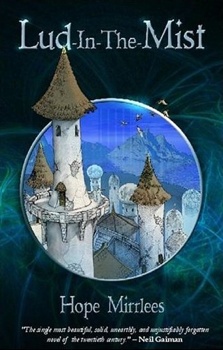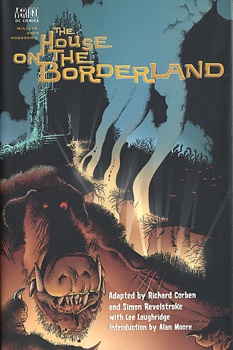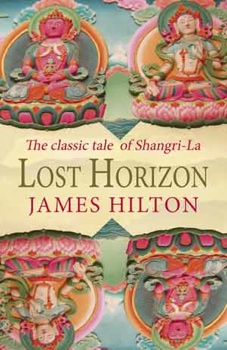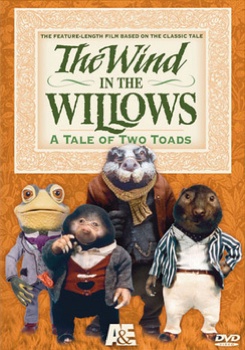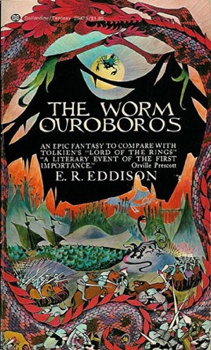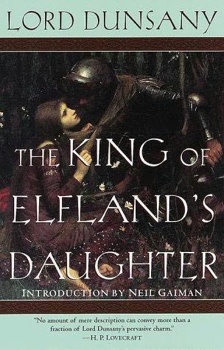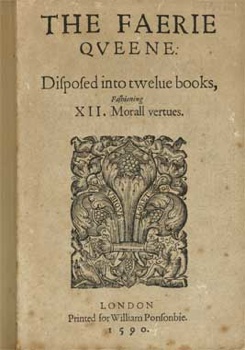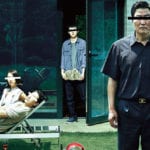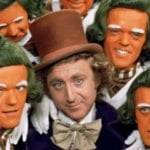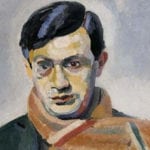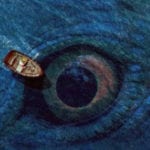 Weird Stuff
Weird Stuff  Weird Stuff
Weird Stuff  Our World
Our World 10 Ways Your Christmas Tree Is More Lit Than You Think
 Movies and TV
Movies and TV The 10 Coolest Stars to Set Sail on The Love Boat
 History
History 10 Things You Didn’t Know About the American National Anthem
 Technology
Technology Top 10 Everyday Tech Buzzwords That Hide a Darker Past
 Humans
Humans 10 Everyday Human Behaviors That Are Actually Survival Instincts
 Animals
Animals 10 Animals That Humiliated and Harmed Historical Leaders
 History
History 10 Most Influential Protests in Modern History
 Creepy
Creepy 10 More Representations of Death from Myth, Legend, and Folktale
 Technology
Technology 10 Scientific Breakthroughs of 2025 That’ll Change Everything
 Weird Stuff
Weird Stuff Ten Bizarre Facts About The Doge Meme
 Our World
Our World 10 Ways Your Christmas Tree Is More Lit Than You Think
 Movies and TV
Movies and TV The 10 Coolest Stars to Set Sail on The Love Boat
Who's Behind Listverse?

Jamie Frater
Head Editor
Jamie founded Listverse due to an insatiable desire to share fascinating, obscure, and bizarre facts. He has been a guest speaker on numerous national radio and television stations and is a five time published author.
More About Us History
History 10 Things You Didn’t Know About the American National Anthem
 Technology
Technology Top 10 Everyday Tech Buzzwords That Hide a Darker Past
 Humans
Humans 10 Everyday Human Behaviors That Are Actually Survival Instincts
 Animals
Animals 10 Animals That Humiliated and Harmed Historical Leaders
 History
History 10 Most Influential Protests in Modern History
 Creepy
Creepy 10 More Representations of Death from Myth, Legend, and Folktale
 Technology
Technology 10 Scientific Breakthroughs of 2025 That’ll Change Everything
Top 10 Underrated Fantasy Stories Before 1937
J.R.R. Tolkien changed the face of the fantasy genre when he published “The Hobbit” in 1937 and subsequently his famous “Lord of the Rings” trilogy. But with this defining moment in the genre, many of the great works that preceded Tolkien have been forgotten in time. This list gives you my top ten underrated classics of fantasy prior to the publication of “The Hobbit.”
Publication Date: 1926
Probably the most obscure thing I shall mention on this list, this is a rather interesting tale in an alternate world where some rather mundane people live in peace, but are interrupted by a flow of fairy fruit form the neighboring lands. It explores some interesting themes for a high fantasy novel, and it is certainly something different for the well-read fan. I would recommend her other works as highly, but most are a bit difficult to find – all but this one are out of print. Still, if you can procure a copy of anything else by Mirrlees, make sure you take the opportunity. [Read it here.]
Publication Date: 1863
This is a children’s novel that I might not recommend for the kids, but anybody with an interest in Victorian fairy tales and a bit of controversy absolutely must pick this one up. It has moral messages (in blatant form, as children’s novels are wont to do, to such an extent that one character is named Mrs. Doasyouwouldbedoneby) on a variety of topics, most notably child labor but also on a number of religious and scientific topics. Kingsley himself was a Reverend, but he was not against the at-the-time very controversial publications of Charles Darwin. Look at it in the right perspective, readers, and you’ll find quite the metaphor for the going ons of the time as well as a fun little fairy tale. [Read it here.]
Publication Date: 1908
This is a horror novel, certainly, but this was really the novel that made way for writers of the Lovecraftian-sort (including H.P. himself). It is a darker branch of the fantasy genre, but the cosmic and supernatural horrors found in the House on the Borderland are no less fantastic than anything Tolkien could conjure. If you enjoy the supernatural as much as you do elves and dragons, then this a great story to look to for the origins of your subgenre. [Read it here.]
Publication Date: 1933
Here is an instance of an aspect of this novel exceeding the fame of the novel itself. Many of you have probably heard of ‘Shangri-La’. There are a buildings, gardens, albums, songs, a manga series, towns, a region of Saturn’s moon, and a chain of hotels in Hong Kong named after it. In fact, it was even mentioned on another page here on Listverse. But this grand story of immortality, British imperialism, and all you could hope for from a fantasy novel. It is underrepresented for such an influential piece of literature, and it is a very enjoyable read even ignoring the wonderful world of Shangri-La. [Read it here.]
Publication Date: 1872
This is a simple, subtle story of fantasy and wonder in the form of a children’s book. We have the classics: dungeons, goblins, princesses, and adventure. It’s a rich story that can be enjoyed at all ages, and the lessons it teaches are excellent for any readers looking for something to read to your children. Indeed, it is said to be one of Tolkien’s favorites as a child. [Read it here.]
Publication Date: 1908
Adapted into a play by A.A. Milne (author of Winnie the Pooh), as well as into one half of the Disney film “The Adventures of Ichabod and Mr. Toad” (the other half being an adaptation of the Sleepy Hallow story), this is certainly the most famous of the underrated. Still, not many people have read the book and that is what this list is for. This is a cute children’s story about a wealthy toad, a water rat, a humble mole, and their adventures with other anthropomorphic creatures, the god Pan, and of course, a willow tree. [Read it here.]
Publication Date: 1922
This is my favorite novel. Written in a mock epic style, Eddison brings us through Mercury, a land divided into kingdoms like Witchland and Demonland, in a journey that spans what seems to be years with epic battles, magical beings, and three brothers. Goldry Bluszco, Lord Juss, and Lord Spitfire. What really makes this story excellent, though, is the ending – if you’d like to think of it as such. [Read it here.]
Publication Date: 1896
This book helped codify the classic fantasy story. And, indeed, both C.S. Lewis and J.R.R. Tolkien were influenced greatly by the works of William Morris, this novel in particular. Written in a medieval style, we follow the adventures of a young man on his quest for the eponymous well, one which will grant him immortality. A book of similar influence and greatness by William Morris is “The Wood Beyond the World,” and it is equally worth your time. [Read it here.]
Publication Date: 1924
This position goes less to “The King of Elfland’s Daughter,” and more to Lord Dunsany himself. He may be the most iconic writer of the fantasy genre prior to Tolkien coming about, yet few people know him at all these days. It’s quite a shame. Also, there is a concept album about it with vocals from the lead of Jethro Tull and Christopher Lee. [Read it here.]
Publication Date: 1590 – 1596
Jumping back three centuries from most of the works on this list, we have the poet Edmund Spenser. This unfinished epic poem was written in praise of Queen Elizabeth I and details a number of faerie tales, Arthurian epics, and classic, fantasy fun. It is also one of the longest poems in the English language, the origin of Spenserian stanza, and the old cliché ‘roses are red, violets are blue’ is found in its earliest form in this poem. How can you not want to pick it up? [Read it here.]
